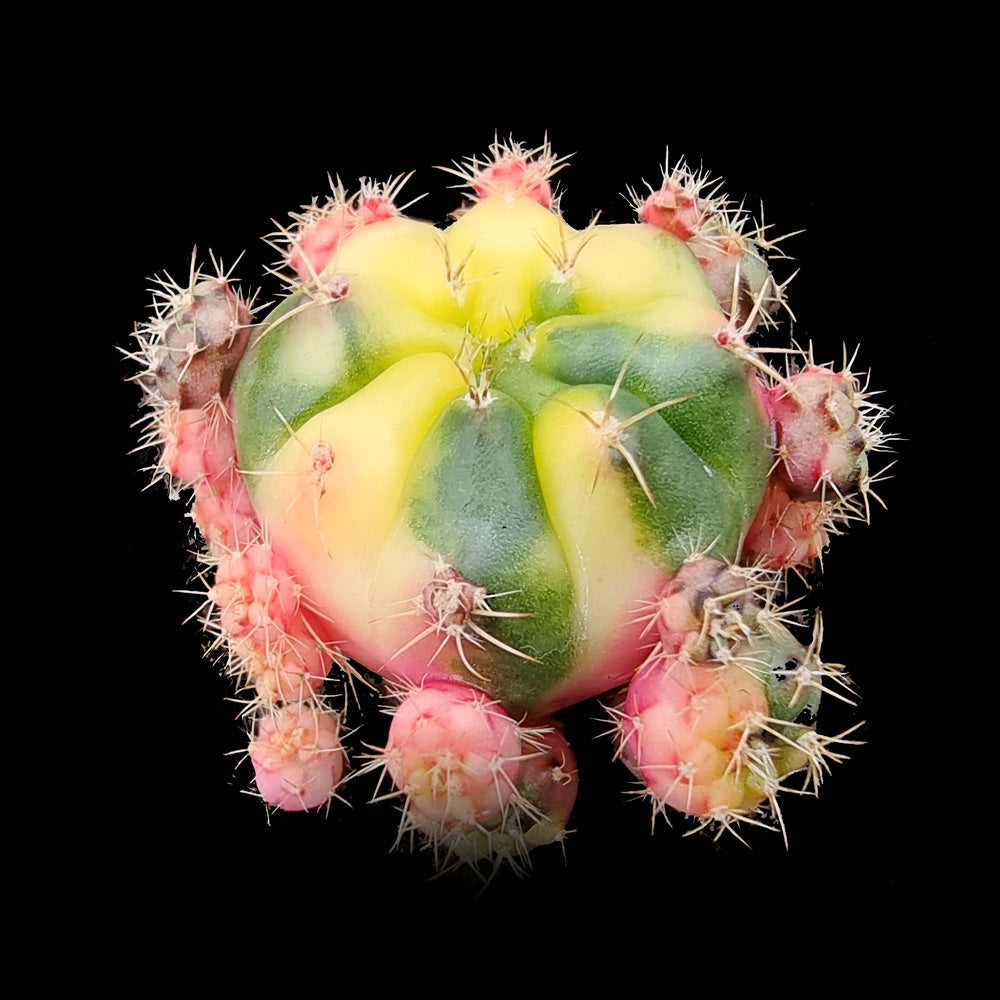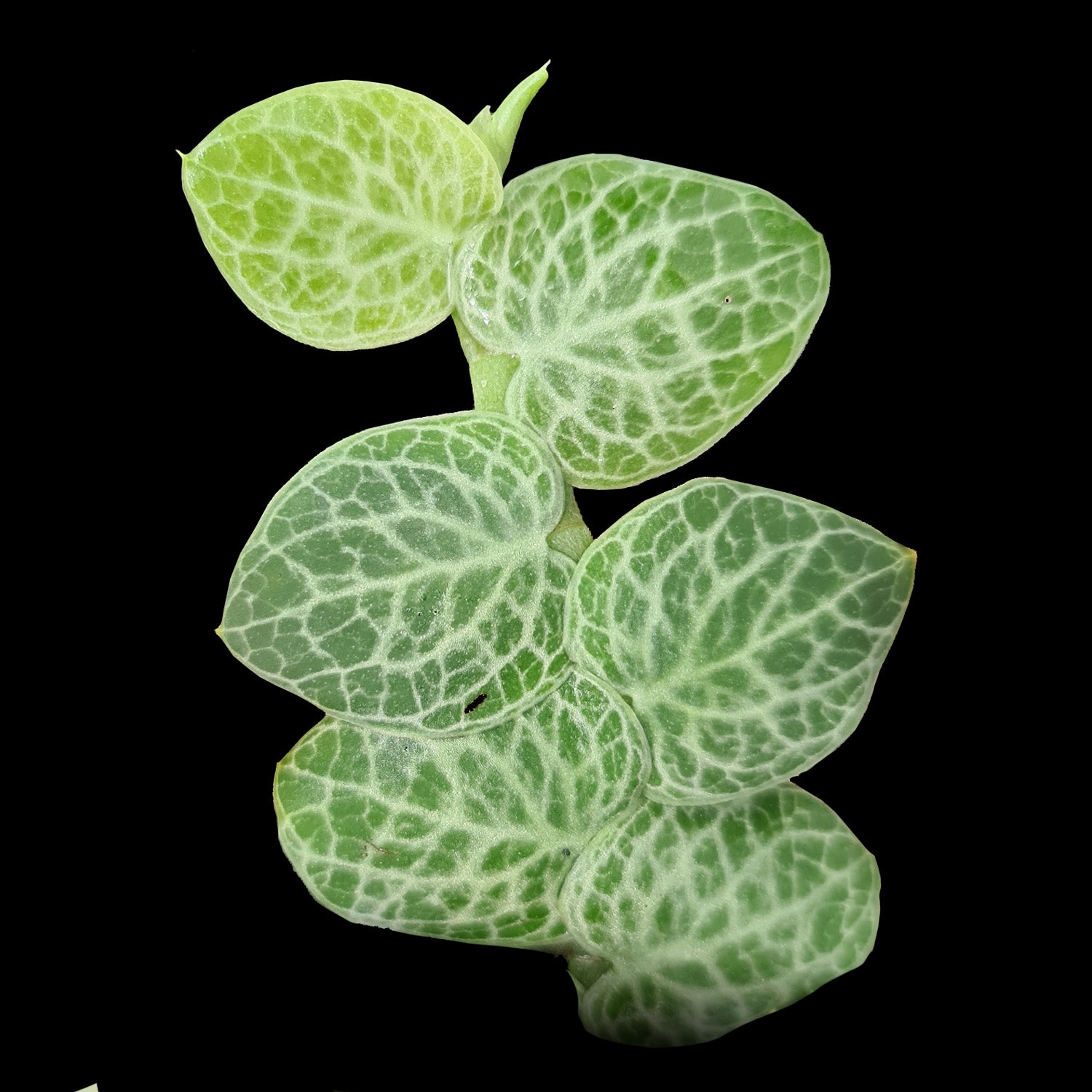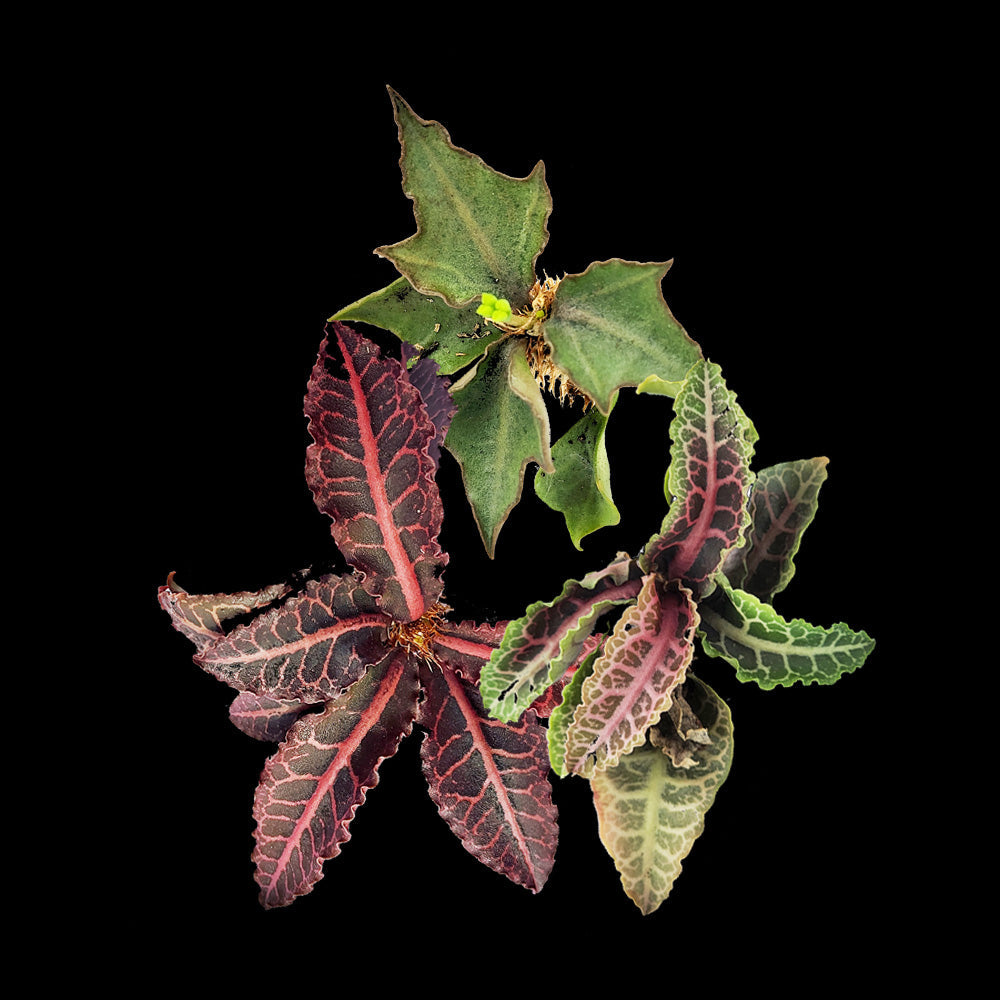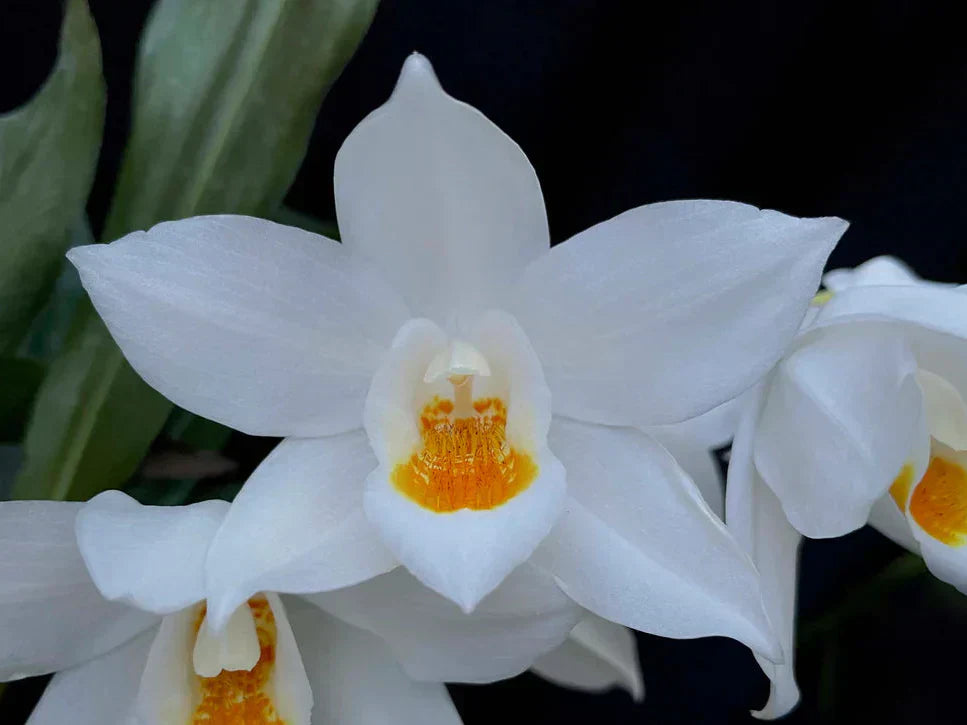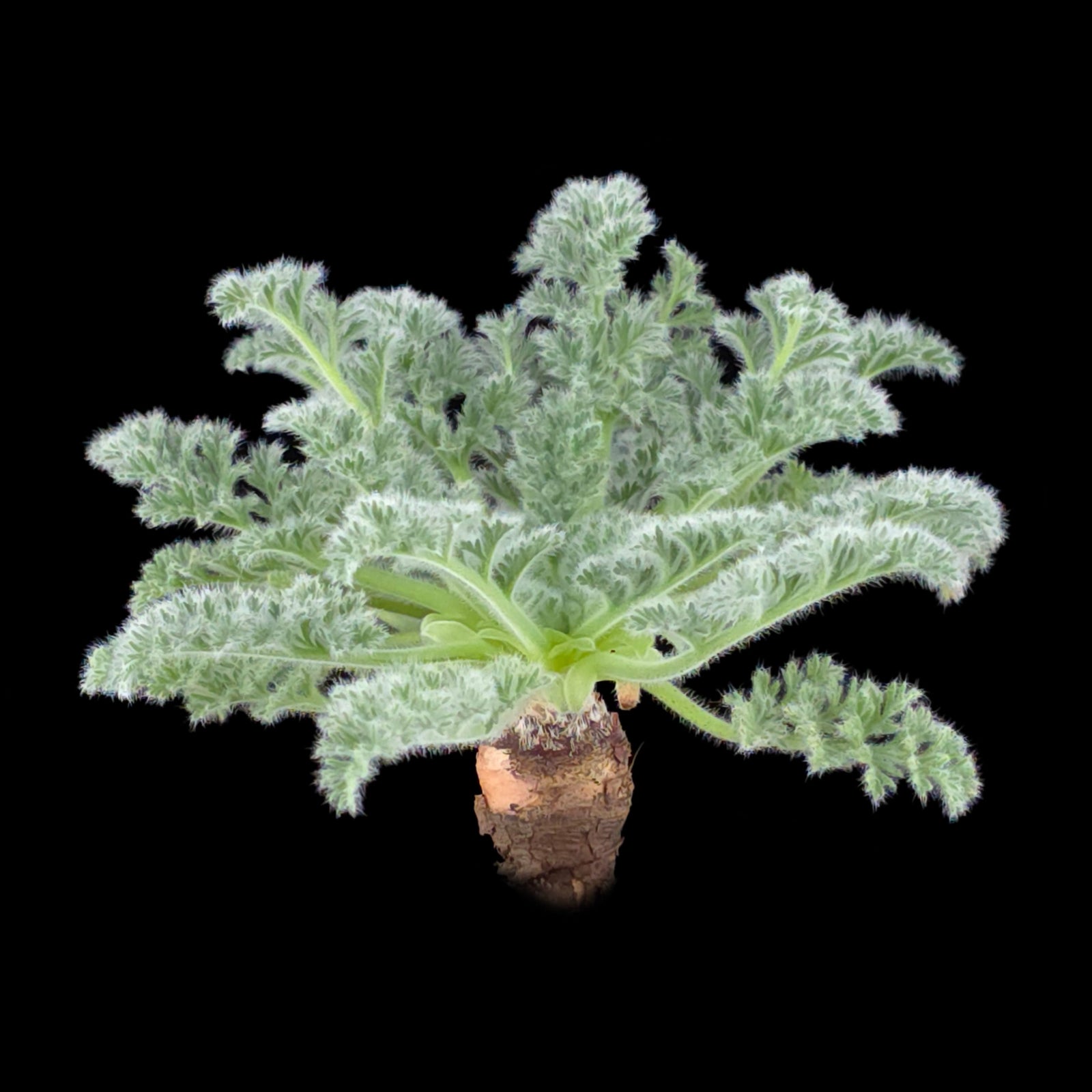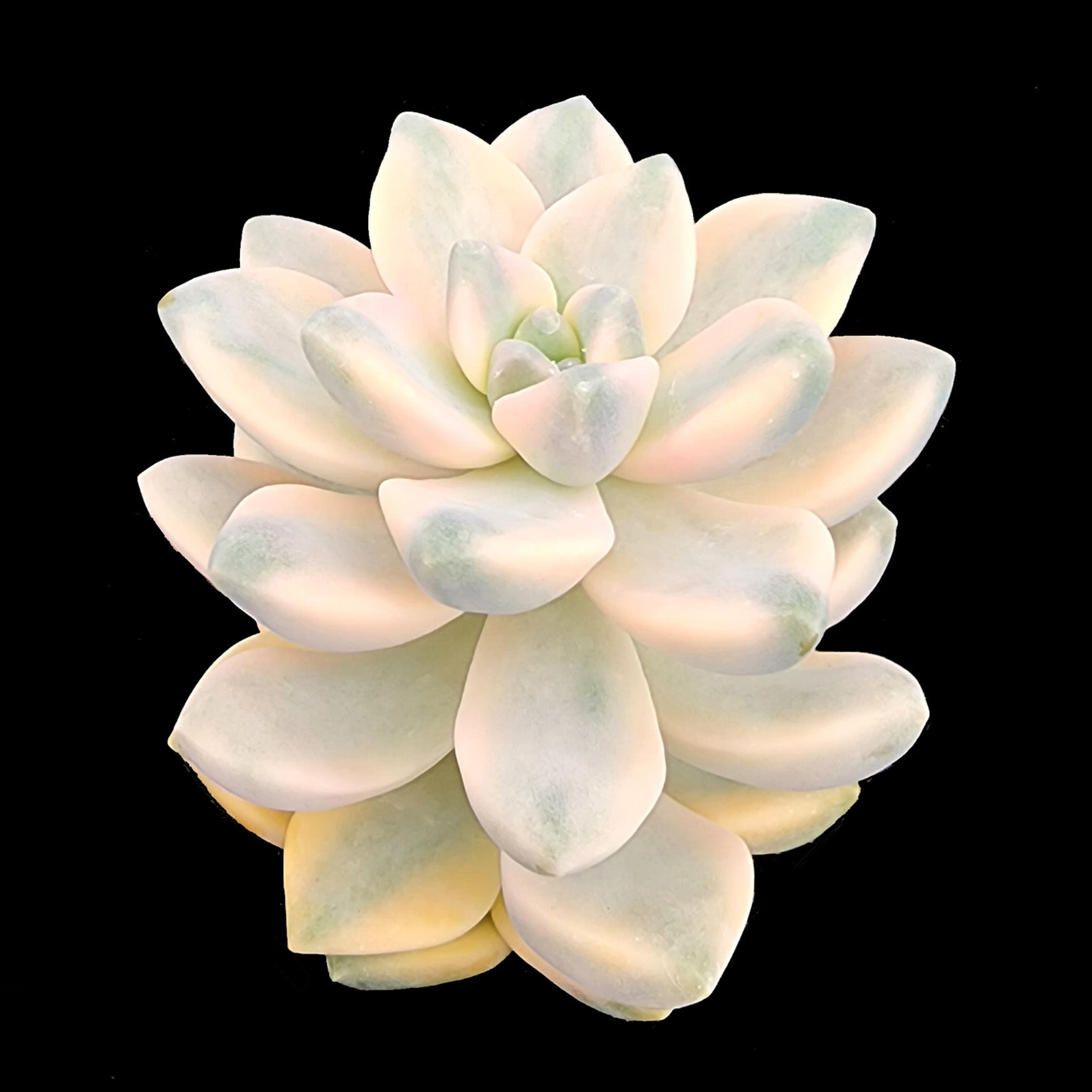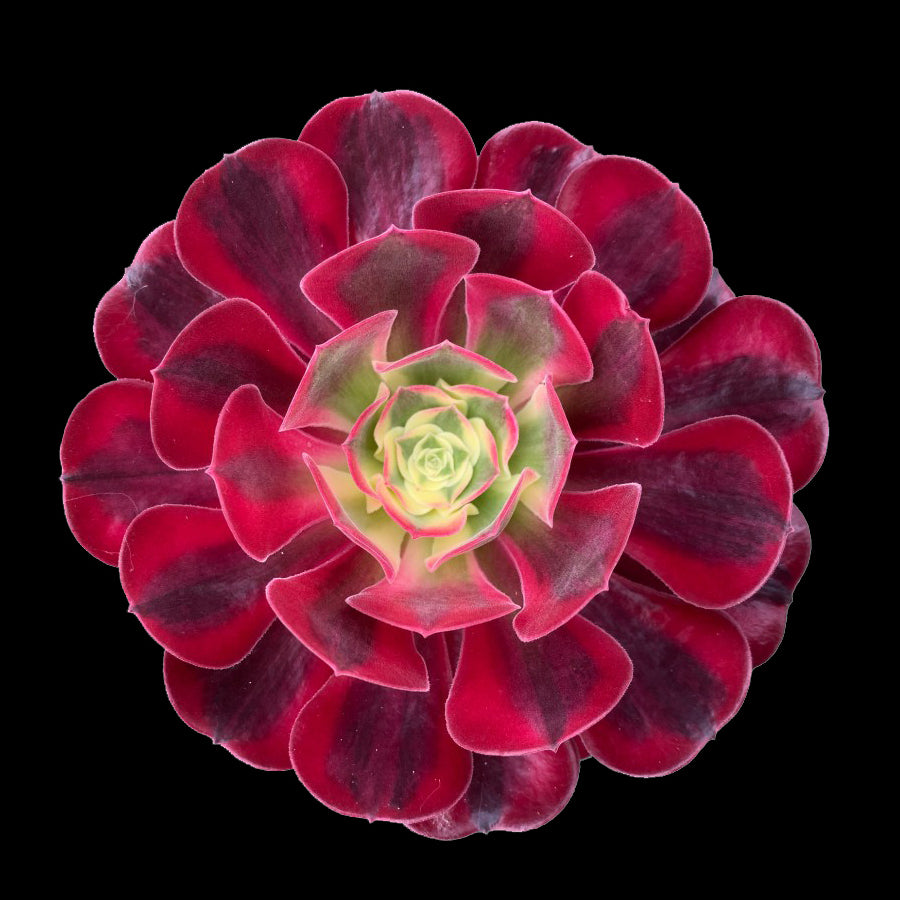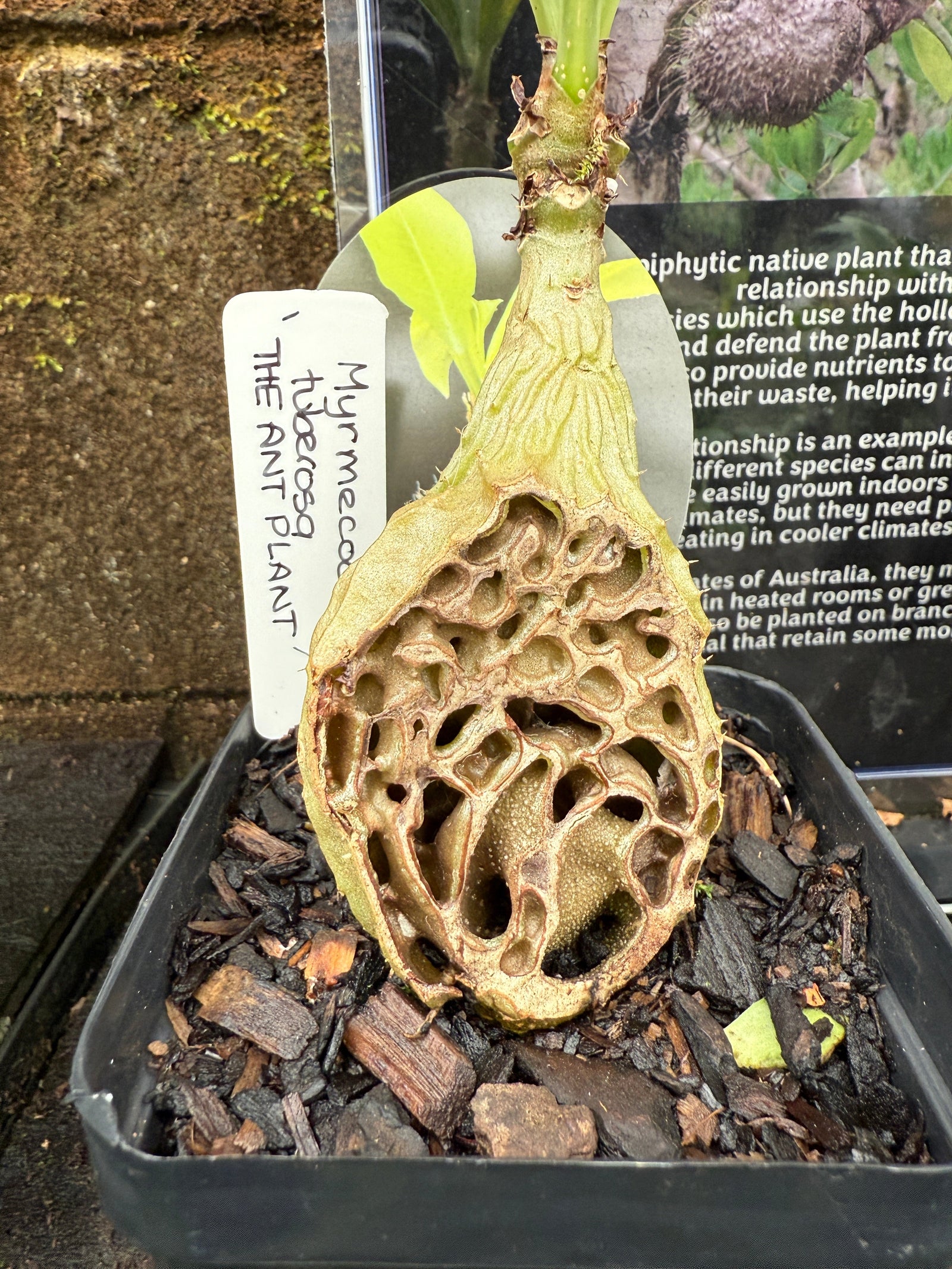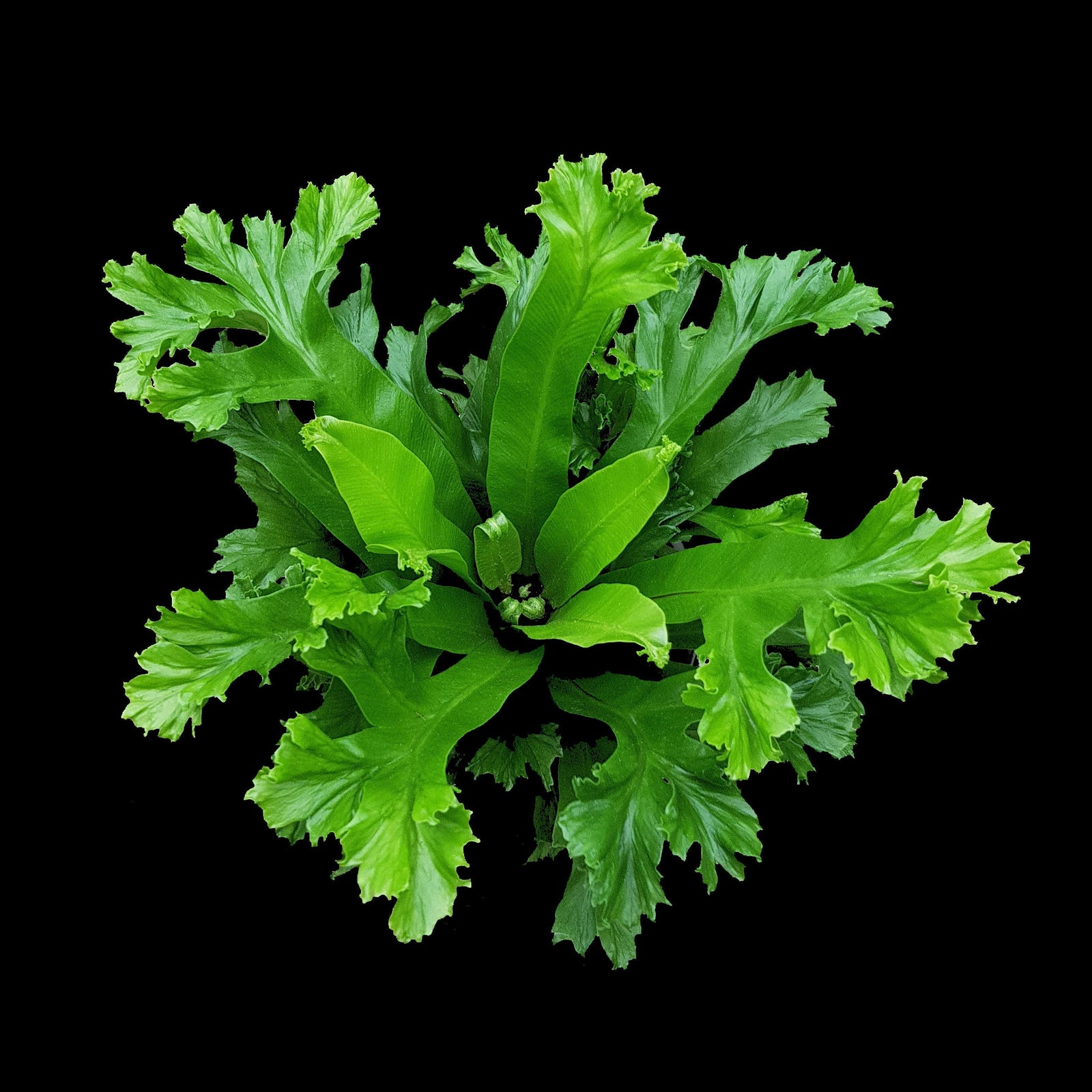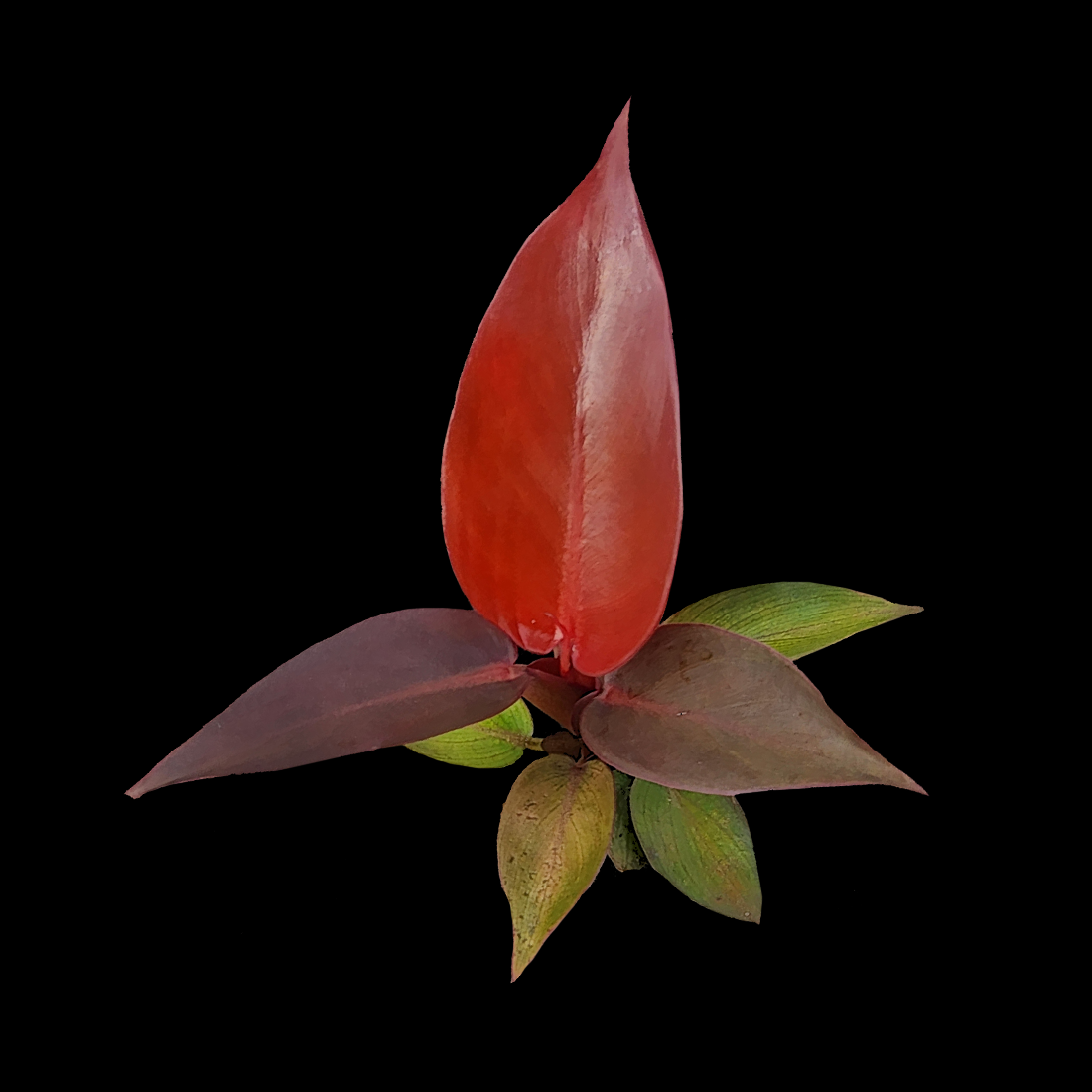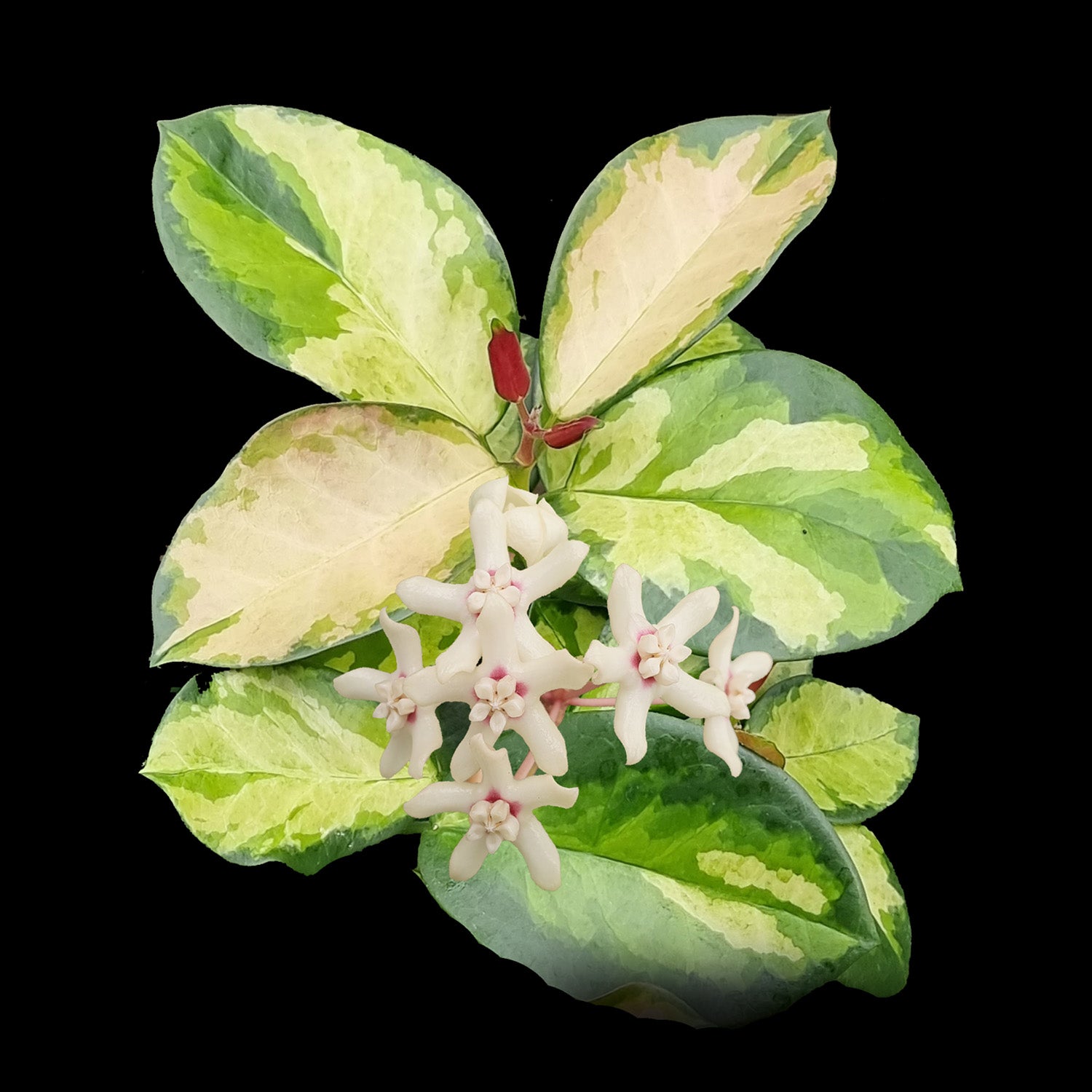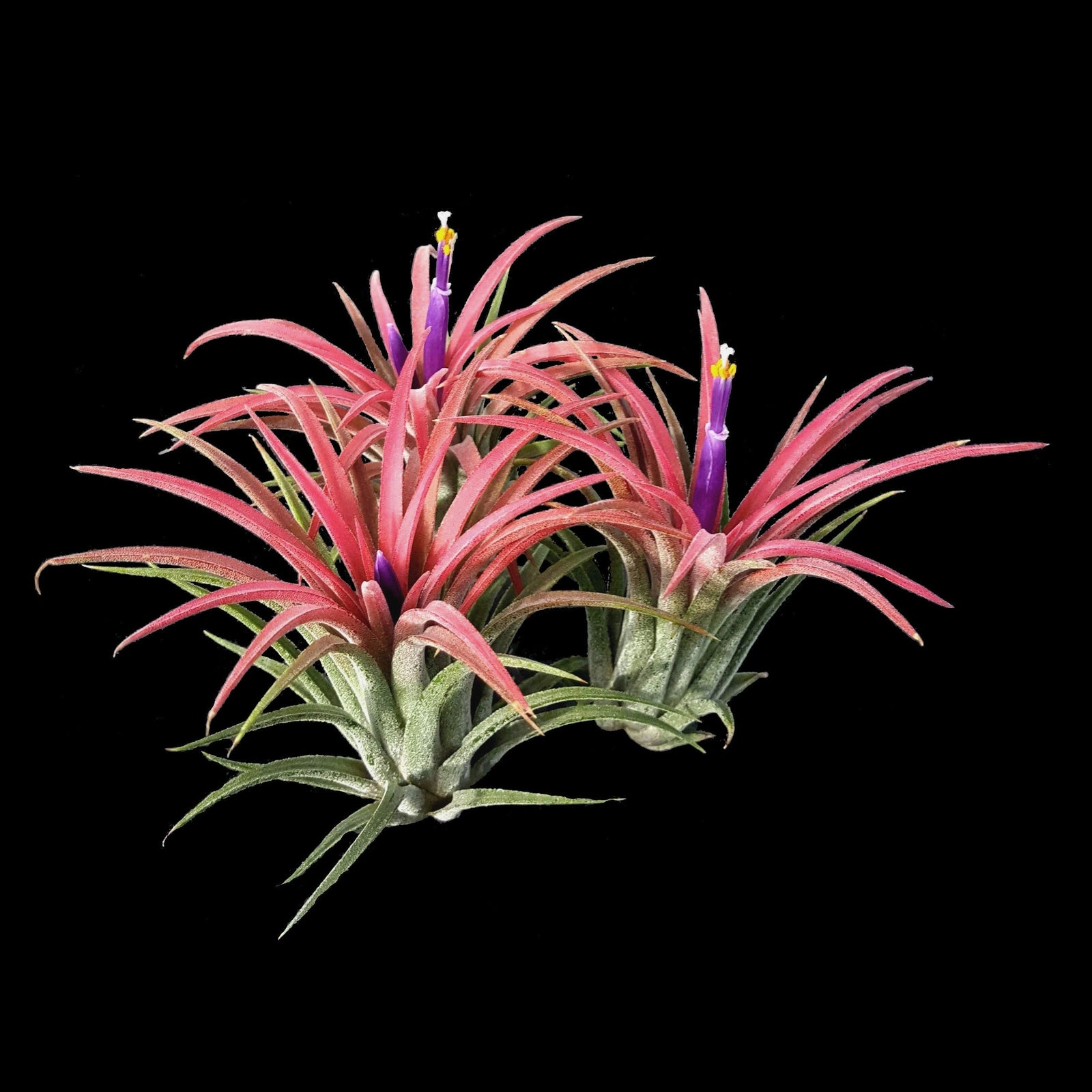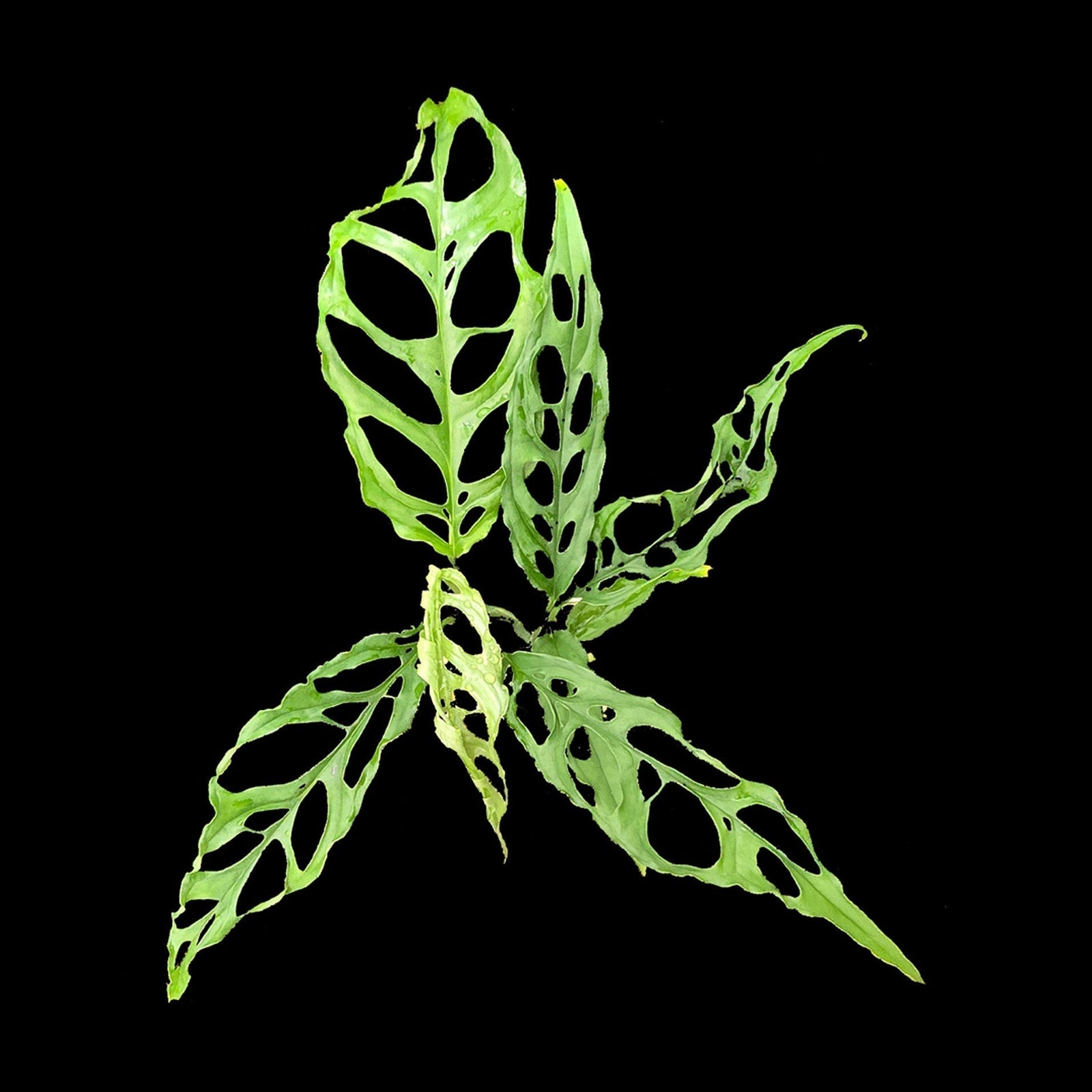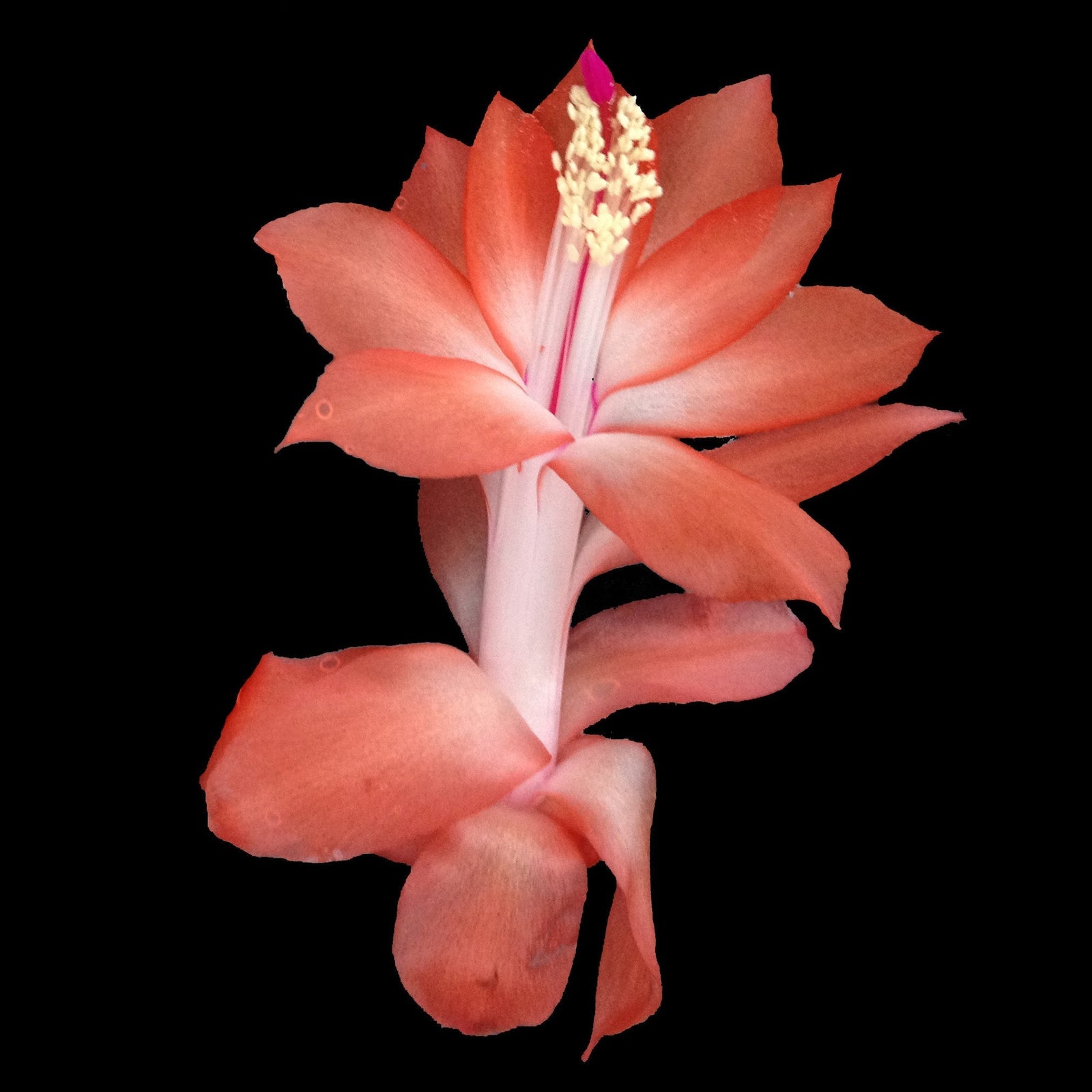The Absolute Requirement: Why Dormancy is Mandatory
Dormancy is mandatory for the long-term survival of the Venus Fly Trap (Dionaea muscipula). VFTs are temperate bog plants; they require an annual rest period to recharge energy reserves. If a VFT skips its annual rest, it will eventually weaken, stop closing traps, and die within a year or two. Dormancy is their way of surviving the cold, short days of the Australian winter.
Phase 1: Autumn Preparation (May)
Preparation begins as the days shorten and temperatures drop in Autumn. Your goal is to conserve energy and eliminate threats before the plant goes dormant.
- Stop Feeding: Cease manual feeding entirely in late Autumn. The traps will operate slower and may not fully digest food, leading to rot.
- Clean Up Dead Material: Remove any dead or dying traps and leaves. This prevents fungal growth and mold during the cold, humid dormant period.
- Pest Check: Before the dormancy period begins, it is vital to eliminate all hiding pests. For detailed instructions, refer to our guide on Dealing with Aphids & Mealybugs on Carnivorous Plants.
- The Signs: The final, crucial sign is the formation of the hibernacula—a small, tight, dense growth point in the center.
Phase 2: Managing the Winter Rest (June–August)
The key is consistent cold. The ideal temperature range is 0°C to 10°C (32°F to 50°F). You must not keep VFTs near indoor heaters.
- Water Management: Reduce watering significantly. The soil should remain damp but never sitting in a tray of water. For details on water purity, consult our Zero-Tolerance Water Guide: Understanding TDS and Pure Water. Cold, saturated soil is the number one cause of fatal root rot during dormancy.
- Unheated Porch/Greenhouse: Excellent, uses natural cold cycle. Avoids hard frost.
- Refrigerator Method: Consistent 4°C (40°F) required for stable dormancy. Clean roots, wrap in damp sphagnum moss, place in a ventilated Ziploc bag (to prevent rot/mold), and store away from fruit. Only for advanced growers.
Phase 3: Spring Awakening (September/October)
The time to act is when temperatures begin to consistently rise and the days get longer. Never force the waking process.
- Signs of Waking: The hibernacula will swell and send up new, tiny, upright green leaves.
- Post-Dormancy Repotting: We recommend repotting VFTs every 1–2 years. Spring, just before full growth resumes, is the best time. Repotting allows you to refresh the acidic, nutrient-poor media.
- Waking Process: Move the plant back to its summer location. Gradually increase light and slowly resume the tray method of watering. The first traps it produces will be small, but their size and colour will increase rapidly as Summer approaches.
Troubleshooting Dormant Disasters
If your VFT looks black and dead during winter, don't panic. There is often still life below the soil.
- Trap Mold (White or Grey Fuzzy Patches): This is caused by high humidity and cold air, common in stored locations. Increase ventilation immediately and apply a mild, sulfur-based fungicide.
- Excessive Blackening: If the entire bulb turns soft and black, it is likely root rot from over-watering in the cold. Check the bulb; if it is firm, the plant is salvageable. If soft, it is likely lost.






























